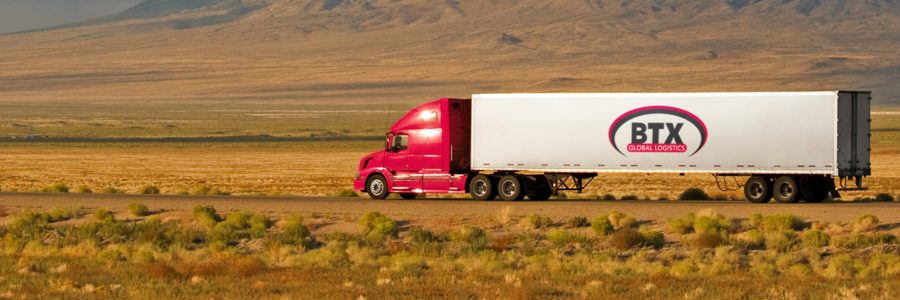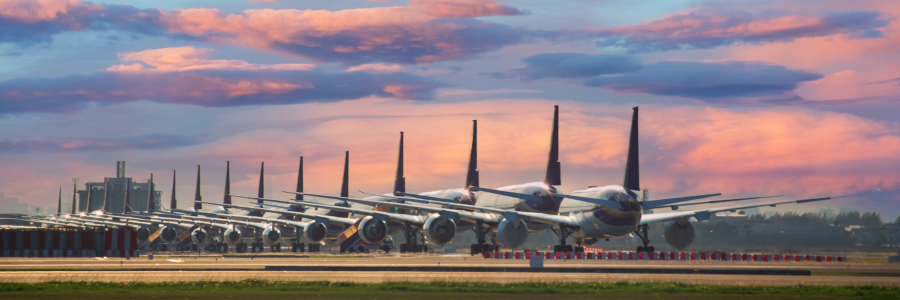Article by: Chris Jones, Executive Vice President of Industry Services, DeCartes
Source: Supply Chain Brain
A number of macroeconomic and geopolitical challenges, as well as significant learnings about risk and disruption, are setting shippers and logistics service providers (LSPs) down different paths in 2023 and beyond. Looking at research and analysis combining economic, demographic and industry insight, six significant trends have emerged for 2023.
1. Cost containment
High inflation and the Federal Reserve Bank’s efforts to get it under control shaped much of the high ranking executive's thinking in 2022 and will continue to do so in 2023. For most companies, cost containment (as opposed to growth) will be the top priority in 2023, and the supply chain will be under intense scrutiny as everyone tries to get costs under control.
Given the softening demand for all modes of transportation, shippers and LSPs will have the opportunity to take advantage of newfound excess market capacity. They will also be able to move to less expensive transportation modes where there is little-to-no impact on business performance.
From strategic sourcing to rate shopping and alternate mode selection, shippers and LSPs will look to reset their strategies and supporting technologies to take advantage of rapidly evolving transportation market conditions. Shippers, however, won’t be looking only at carriers; they will also be looking at customers and customer service policies, which are a big driver of transportation costs. Numerous strategies and tactics can be applied to either reduce transportation costs or increase transportation-related revenue.
2. Global supply chain rebalancing
A plethora of factors, ranging from extended and disrupted supply chains to uncertainty driven by geopolitical tension and lingering impacts of the COVID-19 pandemic, are causing supply chain executives to rethink their sourcing strategies in 2023. Despite a softening in U.S. container import volumes, port congestion and delays still exist.
Instead of cost-optimized supply strategies, there will be more focus on resilience and agility. The move to on- or near-shore high-demand/highly volatile goods will continue as organizations seek to be more reactive to demand changes without missing opportunities or carrying excess inventory. National initiatives to ensure the availability of critical materials and products will cause supply chain executives to employ “friend-shoring” or to further diversify their sourcing beyond specific countries and regions.
In many cases, these tactics will make supply chains more complex to manage but better able to respond to continuing market volatility. The degree of rebalancing will create a capacity arbitrage situation, so rapid identification of new sourcing, manufacturing and logistics options will be critical as alternate capacity will be quickly consumed or become costly.
View this video from Forward Air CEO, Tom Schmitt to learn how one industry leader plans his business strategy to face the challenges moving into 2023:
3. Home/last-mile delivery performance improvement
The pandemic brought a step-back in delivery performance in the B2C and B2B markets as a result of exceedingly high delivery volumes and driver shortages. This poor performance is evidenced in a home-delivery consumer sentiment study conducted by Descartes. Almost three-quarters of consumers, 73%, indicated that they experienced a delivery failure in the three-month period prior to the study.
Over time, customers have become less forgiving and are penalizing B2C and B2B companies for poor delivery performance. As a result, these companies will focus on their own and third-party delivery capabilities and performance in 2023.
They will look to provide a better customer experience by offering a broader array of delivery options and improving the accuracy of delivery services. To further enhance the customer experience, leading B2C and B2B companies will offer real-time shipment tracking and proof-of-delivery information directly to the customer.
4. Sustainable logistics
More consumers are making purchase choices based on brand and retailer sustainability efforts. In fact, 39% of respondents in Descartes’ survey on consumer sentiment around sustainable delivery said they “regularly” or “always” make purchasing decisions based on the company’s or product’s environmental impact.
Traditionally, the focus has been on product or packaging sustainability; however, consumers are increasingly focusing on more sustainable logistics options. In fact, half of consumer respondents in the same Descartes study were “quite/very interested” in environmentally friendly delivery methods.
In 2023, leading retailers and last-mile delivery service providers will offer more sustainable delivery options to capture market share and increase customer loyalty. The most important reason? Most of the sustainable delivery options are actually lower cost deliveries.
5. The elusive worker
Despite what appears to be a softening of consumer demand, there still are not enough warehouse workers and drivers. For shippers and the logistics industry, the competition for workers is not just with competing companies — it is with every company in every industry. Currently, there are only 0.6 people available for every job, according to the U.S. Bureau of Labor Statistics.
Analysis Descartes conducted explains that the labor shortage is actually structural due to a declining birth rate in the United States and failed immigration strategies. As a result of the labor demand/supply imbalance, hiring challenges will continue, especially for peak seasons.
To combat the labor shortage in 2023, shippers and logistics companies will focus on automation, especially soft automation. The goal will be to improve the productivity of the workers they do have and to minimize the number of workers they need in peak season.
6. Global logistics digitization
With softening shipping demand and excess logistics capacity, LSPs and carriers will be under tremendous pressure to find ways to be more competitive, keep costs down and improve customer service. In 2023, digitization will be the most important strategy for LSPs and carriers to simultaneously address all of these factors.
Digitization should not be confused with automation; it is about fundamental transformation that is recognized by the customer and the market. For example, digitization addresses the customer experience, giving a customer the ability to rate, quote and book shipments in seconds as opposed to days. Digitization opportunities abound for LSP and carriers and stand to make a positive difference in many areas.
For shippers and LSPs, 2023 is going to be another “pivot” year. Instead of a growth focus where demand appeared to be insatiable, cost and service will drive the agenda.
Many shippers learned during the last several years that their supply chain and logistics strategies were no longer sound and must change. For LSPs, the shipping “party” has ended, and in 2023, they will have to double down on efforts to differentiate, operate more cost-effectively and improve service. All of these important trends will improve the performance and resiliency of supply chain and logistics and better align the industry with key global macro-trends such as sustainability.
As always, BTX Global Logistics' knowledgeable representatives are available to help you with any shipping and logistics questions, contact us.
BTX Global Logistics is a full-service shipping and logistics organization known for providing reliable, flexible solutions to its customers. BTX's services include expedited shipping, air freight, ground freight, sea freight, white glove, trade show, customs brokerage, ecommerce and fulfillment and more.














.png)
